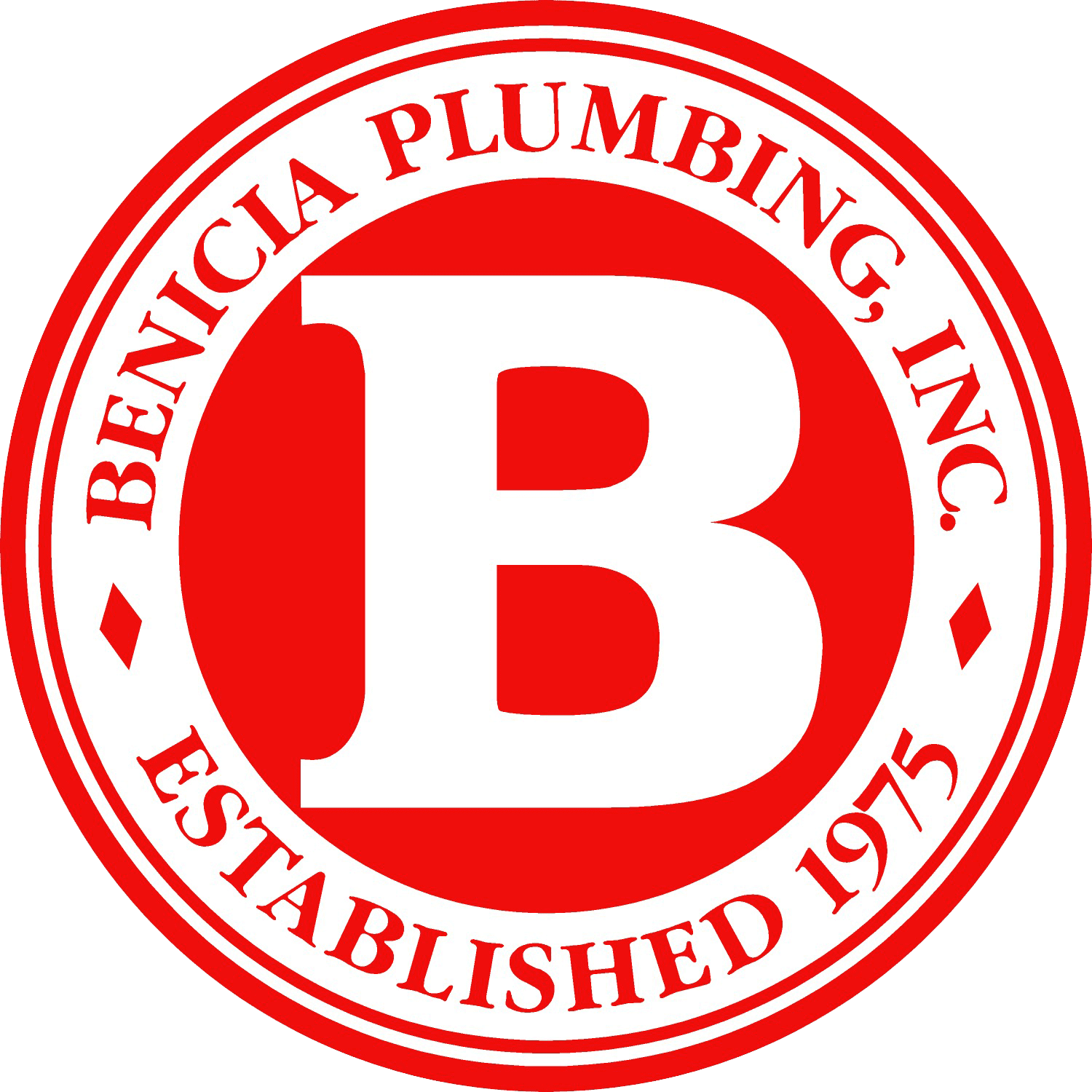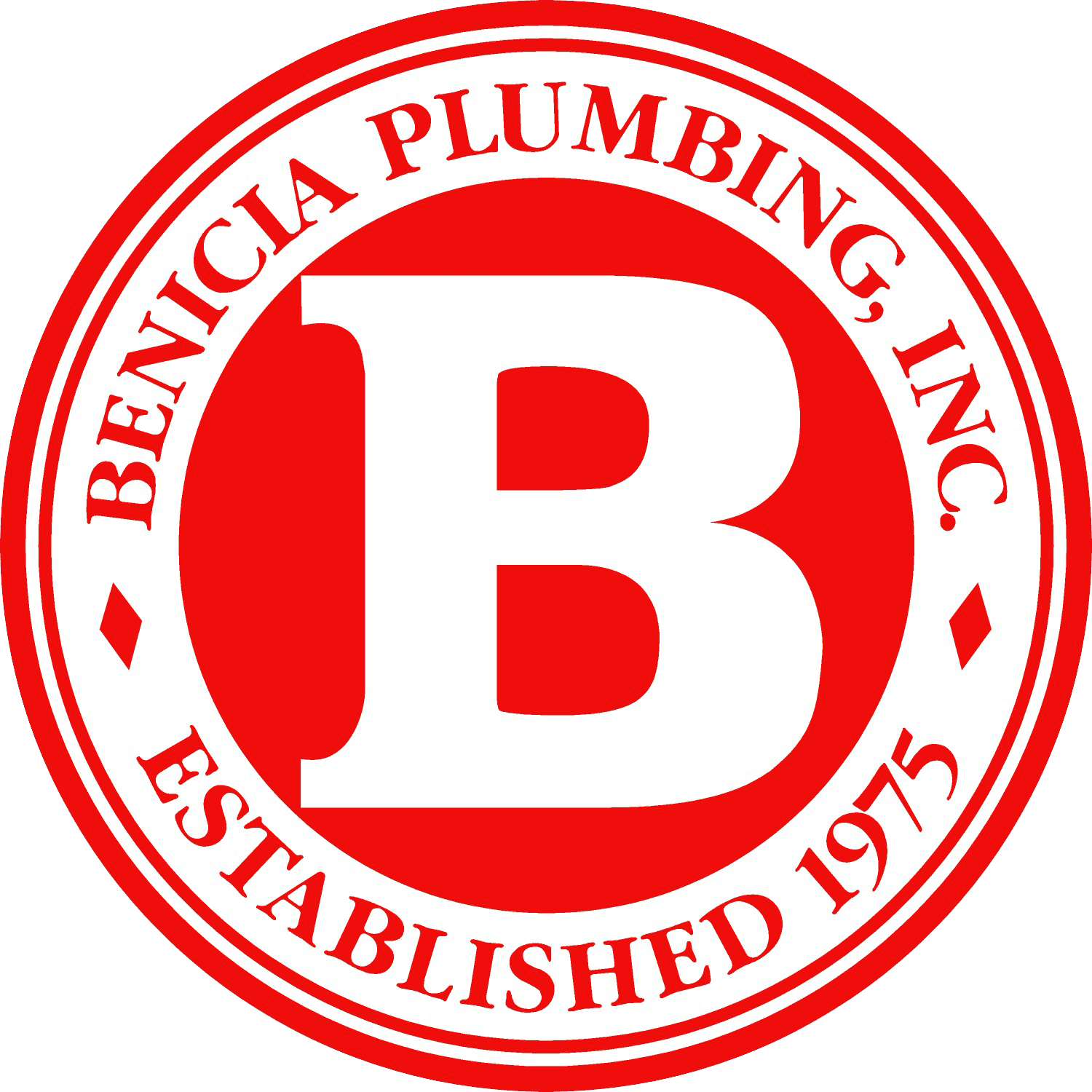The majority of all stains found on plumbing fixtures are of the dingy or yellow-brown variety. Just as common are the darker and more dramatic stains rust leaves behind. But have you ever had blue or green staining on fixtures? It happens! But why? And what can you do about it?
Here are some helpful tips from all of us at Benicia Plumbing, where we’ve been serving our clients since 1975 and always looking to utilize the latest technology in today’s plumbing world. By providing complete plumbing services to businesses, industry, homebuilders and homeowners throughout the northern California Bay Area, we’ve been able to stay at the forefront of this industry and succeed at a high level for 42 years.
With your typical (non-blue/green) stain, the cause is often as simple as what's in the water: minerals, sediment and even treatment chemicals can stain on their own or through interaction with pipes and fittings, resulting in annoying (but usually harmless) stains on amenable surfaces.
Note: Most rust stains fall in the harmless category (being the result of high iron levels in the water supply, often from wells), but if your home has any galvanized steel pipes you should investigate further: it's possible the pipes are corroding, which will end in a leak.
Blue or green staining occurs exclusively with copper pipe and fittings (including brass, which is copper + zinc), and is caused by the corrosion and dissolution of the metal itself. Water quality and even improper electrical grounding hasten corrosion, adding excessive amounts of dissolved copper to the water coming out of fixtures. When the copper-laden water is allowed to sit, it stains. Unsurprisingly, the water may also have a metallic taste to it. Because this staining is the result of the pipe itself dissolving, it's far from harmless.
The excessive corrosion leading to copper staining has two primary causes: acidic water or stray electrical current running through the plumbing system. The latter is rare, but possible when an older home's plumbing is incorrectly used as a ground for the home's electrical system - or when DC current from a mass transit power system finds its way there. Either case can result in an electrochemical process called electrolysis, which accelerates metal corrosion. It can be difficult to determine if electrolysis is behind copper leaks and staining, but because it is uncommon, you can hold off calling the electrician until other possibilities have been ruled out. However, if you experience other electrical issues or get a shock touching pipes that should clearly be addressed immediately.
Acidic water (< 7pH) is the most common cause of copper staining. The dissolution of copper really takes off at about 6.8 pH, and is further enhanced when the water supply is high in dissolved oxygen, carbon dioxide or other gases. As the acidic water flows through the copper supply pipes, small amounts of metal are eaten away and dissolved into the water. Since we don't usually dry off every water-using fixture after we're done with it, the water sits and eventually stains the right surface and unfortunately, most fixture surfaces are vulnerable.
There are several possible causes behind copper staining, and the only way to figure out what's going on is to have the water professionally tested. It's entirely possible that your own staining problem has no one particular cause, making it even more important to have a comprehensive overview of your water quality. Water treatment professionals can recommend the best solutions for your particular situation.
In general, acidic water can be made less so with the installation of an acid neutralizer. These devices use minerals to raise the water's pH closer to neutral. For extremely acidic water (< 5.5 pH), water treatment professionals use a more advanced system to directly feed treatment chemicals into the supply.
Correcting the copper corrosion at the source is obviously the most important thing to do, but it doesn't help with the stains that are already there. What you can safely use depends on the material of the fixture affected; our basic advice is to start with something "gentle" and work your way up to heavier-duty cleaners and abrasives only if called for. This can help to avoid unnecessary damage to finishes. The "homemade" cleaners below have been reported to work well for copper stains.
White vinegar is rightly touted as an excellent cleaning tool, and with the addition of salt, may be able to get rid of the blue/green stains. Try dissolving a tablespoon of salt in a cup of warm vinegar, soaking a rag with the solution, and letting it sit on the stain. The stain may begin to lift immediately - if not, try lightly scrubbing with the rag, and repeat the process if necessary. Because vinegar is a relatively weak acid and the salt is dissolved, this should be safe for any fixture material.
Another relatively safe option for most materials is to use lemon juice (or vinegar) and cream of tartar to create a mildly acidic paste that may also lift copper stains with some light scrubbing. Going up a level, you can also try using an ammonia and water solution (following the manufacturer's dilution guidelines) along with a bit of dish soap. Baking soda can be used as a mild abrasive to help with stubborn stains. Scrub with a rag or non-abrasive sponge.
If these aren't doing the trick, some have seen success using toilet cleaners containing sodium bisulfate. Before using any cleaning solution - but particularly harsh chemical cleaners - we highly recommend a spot-check in an inconspicuous area of the fixture to make sure you aren't trading one blight for another.
About Benicia Plumbing
At Benicia Plumbing, we follow our stringent Code of Conduct which states that we will always be friendly and professional, and that every customer will be greeted by the friendly voice of a knowledgeable, experienced and highly-skilled Benicia Plumbing professional. We also pledge to be punctual and courteous, where each client will be served promptly with a polite demeanor and respect. In addition, your Benicia Plumbing technician will always arrive at your location equipped and prepared to resolve your problem seamlessly and by devising the ideal solution for you and your budget.
Sources: YouTube and AOL


